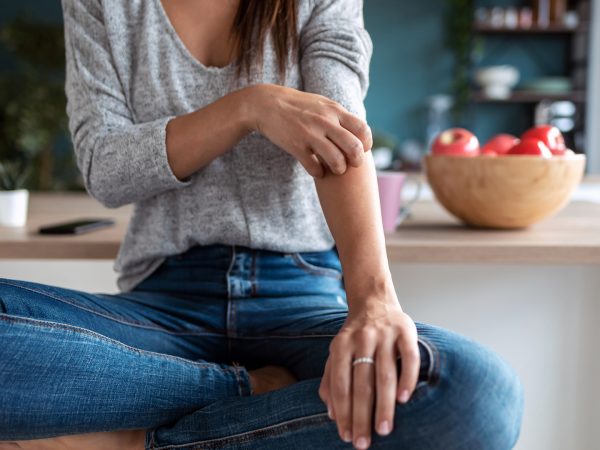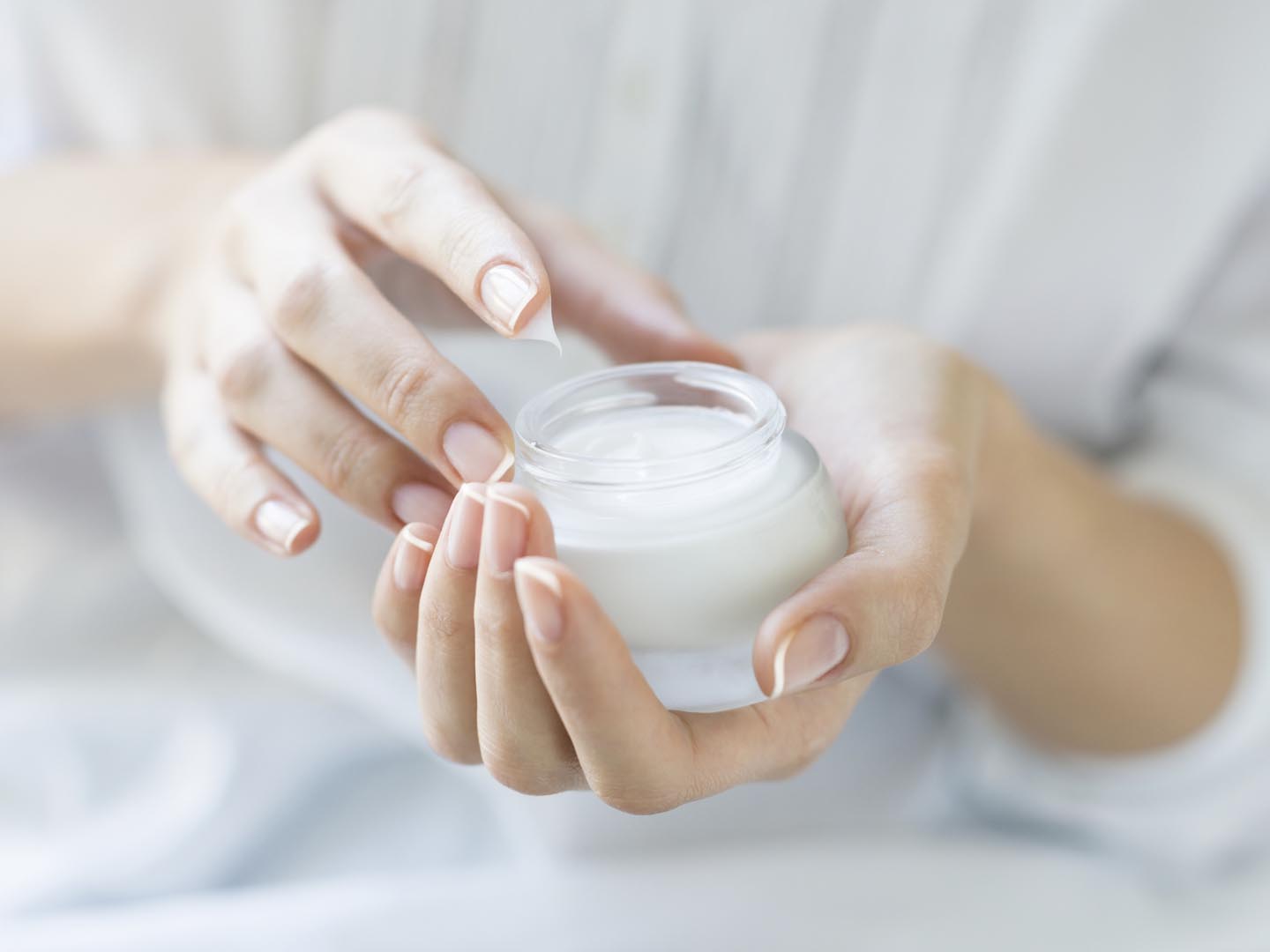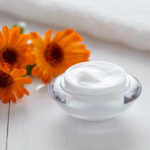Is UVB Light Therapy Safe For Eczema?
I have severe eczema. Does UVB phototherapy work, and is it safe?
Andrew Weil, M.D. | August 19, 2021

Eczema (atopic dermatitis) is a common, chronic condition, affecting more than 10 percent of Americans. When it flares up it produces inflamed, itchy patches of dry skin and the irritation of scratching can make the condition worse and can even cause infection. The affected skin is unsightly and uncomfortable, so it’s no wonder that people with eczema search for effective remedies to provide relief. UVB phototherapy is one of those remedies – and while it can help alleviate the symptoms, it comes with some risks and side effects that need to be considered.
Ultraviolet radiation from the sun prompts the body to produce vitamin D, so limited daily exposure to it is beneficial – but overexposure can increase the risk of melanoma, cause premature skin aging, and suppress the immune system. It may seem counterintuitive, then, to use UV therapy to help the skin, but the narrowband UVB procedure for treating eczema uses just a small part of the ultraviolet spectrum. That helps protect against the dangers of UV radiation, making narrowband UVB a better choice than the older form of phototherapy called PUVA (a combination of the drug psoralen and UVA radiation).
The immune response that causes eczema to flare up is similar to other allergic reactions, in this case causing skin inflammation and rash. Narrowband UVB therapy works by suppressing that heightened immune response. One recent study found that nearly half of patients treated with narrowband UVB achieved clear or almost clear skin, with an additional 20 percent achieving at least moderate clearance – and many patients in the study needed fewer steroid creams, oral steroids, and antihistamines in the year after treatment than they did before treatment. Another study found that UVB also restores a healthier diversity of microbes in the affected areas and reduces staph infections that are common on eczema-inflamed skin.
UVB treatment does come with the risks and potential side effects to be expected of exposure to ultraviolet radiation, including localized sunburn, blistering, and premature aging of the skin. Fair-skinned people inclined to burn in sunlight are at greater risk for these.
There are several natural strategies for managing eczema and preventing flare-ups, all of which I’d recommend trying as first-line treatments. In many people, flare-ups are triggered by dry skin, so moisturize regularly. Sensitive skin can be irritated by harsh soaps or laundry detergents, so choose mild, gentle brands that don’t include deodorants or anti-bacterial ingredients. Be aware of environmental allergens like dust and pollen, and avoid them if you see a connection between exposure and flare-ups. Some people, especially children, have food reactions that trigger eczema flare-ups. Other common irritants include cigarette smoke, household cleansers, fragrances (including those in shampoo), antibacterial ointments, and some fabrics (such as wool or polyester).
Stress is another common trigger for skin disorders, including eczema. Many people find that mindfulness training, meditation, and visualization techniques help manage their stress and reduce skin reactions.
If you do experience a flare-up, some natural remedies may help. Witch hazel, aloe vera gel, calendula lotion or cream, and chaparral lotion can all be effective at soothing irritate skin. The fatty acid gamma-linolenic acid (GLA) appears to have nourishing effects on the skin when taken as a supplement, although it may take six to eight weeks to notice results. You may also try over-the-counter anti-itch lotions or low-potency steroid creams.
For stubborn cases, talk to your health care provider about prescription steroid creams and ointments – and, in severe cases, oral steroid medications – or new prescription creams called calcineurin inhibitors, all of which are best used short-term. UVB phototherapy may be one of the strategies considered for severe cases and should be used with caution.
Andrew Weil, M.D.
Sources:
Choi JY, Owusu-Ayim M, Dawe R, Ibbotson S, Fleming C, Foerster J. “Narrowband ultraviolet B phototherapy is associated with a reduction in topical corticosteroid and clinical improvement in atopic dermatitis: a historical inception cohort study.” Clin Exp Dermatol. 2021 Aug;46(6):1067-1074. doi: 10.1111/ced.14676. Epub 2021 May 21. PMID: 33837558. https://pubmed.ncbi.nlm.nih.gov/33837558/
Lossius AH, Sundnes O, Ingham AC, Edslev SM, Bjørnholt JV, Lilje B, Bradley M, Asad S, Haraldsen G, Skytt-Andersen P, Holm JØ, Berents TL. “Shifts in the Skin Microbiota after UVB Treatment in Adult Atopic Dermatitis.” Dermatology. 2021 Apr 22:1-12. doi: 10.1159/000515236. Epub ahead of print. PMID: 33887725. https://pubmed.ncbi.nlm.nih.gov/33887725/












